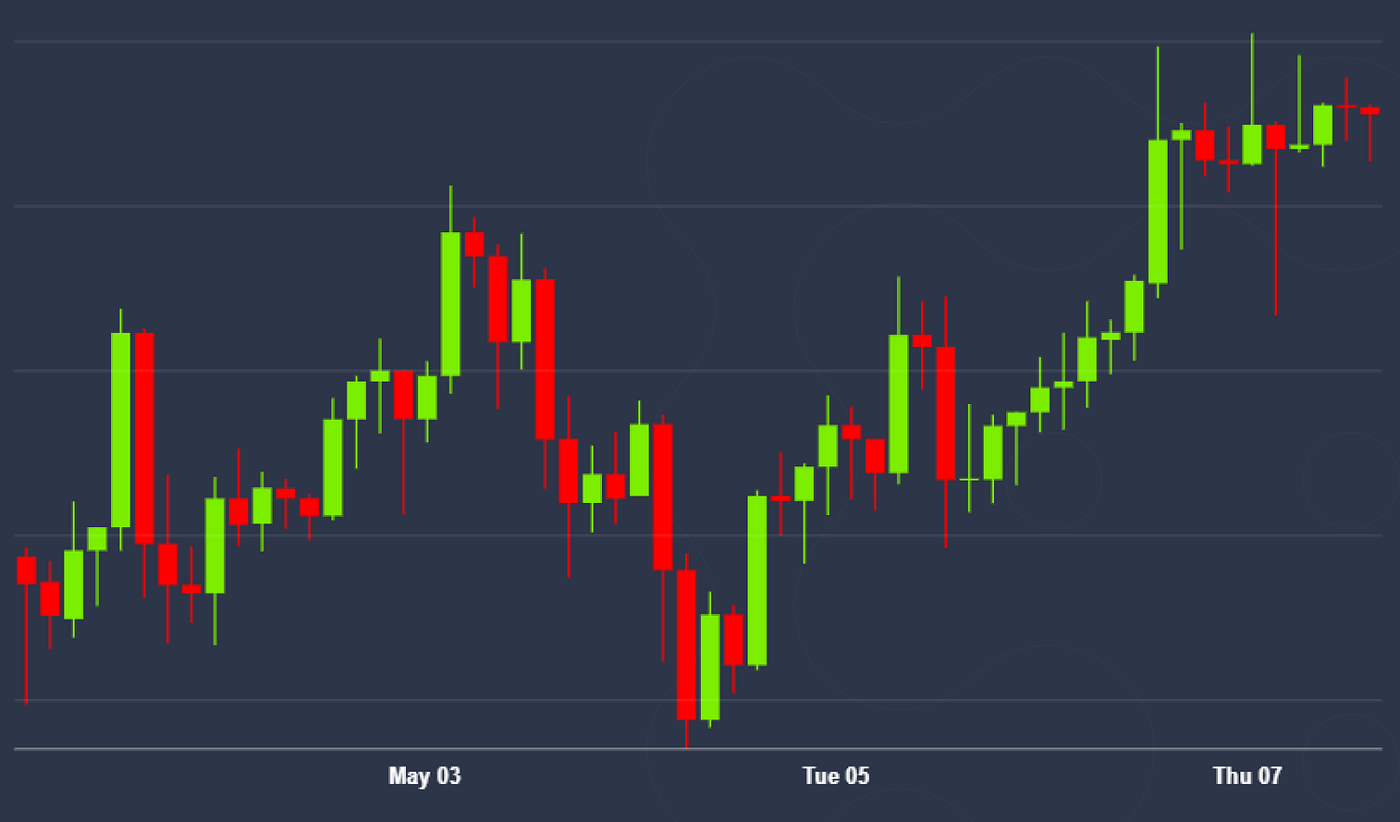8 Day Trading Strategies for Beginners
One of the most misunderstood trading techniques has to be short-term trading, also known as day trading. Due to the fast-paced nature of moving investment positions carried out in a single trading day, many traders perceive day trading to be riskier than other trading options. However, this theory is nowhere near the truth. To prove this, we have compiled a list of day trading strategies that are assured to help beginners become pro-short-term traders.
What Is Day Trading?

The first step to becoming a successful day trader is understanding the true definition of day trading. A day trade is a position successfully entered and exited during a single trading day. Day trading refers to holding market positions for a short period. Typically, a day trader opens and closes a place on the same day.
A position can be either long or short, whereby a long post is when the work is bought outright, while a temporary part is borrowing shares and then offering to sell them at a certain price. A day trader takes advantage of the volatility during the trading day while reducing the potential risks that may arise overnight when the markets are closed.
According to experts, day trading is safer than other trading techniques because day traders don’t hold their positions once markets close at the end of the day. Day traders don’t experience immediate risks that could occur overnight, such as unexpected unpropitious economic news.
Strategies on Day Trading for Beginners
Day trading can be overwhelming for many beginners since strategies generating substantial returns can be too expeditious and aggressive. Like every trading strategy, it takes time with a level of commitment to fully understand the guiding principles of short-term trading and various trading patterns.
The following tips will give beginners a head start in developing an efficient trading style.
Identify Trading Scenarios Where Demand and Supply Are Considerably Imbalanced
Prices tend to go higher when there is a low supply and many willing buyers, while prices tend to drop when there is excess supply but few willing buyers. Experienced day traders take advantage of these imbalances and use them as entry points. Knowing how to recognize these scenarios on a price chart is essential. You can also train yourself by reviewing historical examples.
Always Remember to Set Day Trading Price Targets
After setting your targets, stand with your decisions. These targets will help you limit your probable loss while preventing you from being greedy when prices increase astronomically. If you’re purchasing a long position, plan before the profit you intend to gain, the top-loss level, just in case a trade doesn’t work in your favor.
While Setting Your Day Trading Targets, Maintain A 3:1 Risk-Reward Ratio.
This is one of the most fundamental strategies every beginner should implement. The 3:1 risk-reward ratio allows traders to win big but lose small. This strategy will help you generate profit, even when you incur losses in other trades. As you gain experience, you can achieve risk-reward ratios of up to 5:1 and even higher.
A Day Trader MUST Be A Patient Trader
Absurd as it might sound, most day traders don’t trade daily. They may always be online assessing the market, but when they don’t identify any opportunity that seems viable, they won’t change during that day.
A Day Trader MUST Be Disciplined
Disciplined day traders should plan their trades, then trade their plans; sticking to your trading plan is also important. You should avoid the enemies of successful trading: impulse behavior, greed, and fear.
Avoid Paralysis by Analysis
Most rookie day traders encounter “paralysis by analysis,” making them scared and hesitant in executing trades. This makes them lose many potential opportunities that would have worked in their favor. Disciplined traders who operate according to their plan place orders automatically without any doubt, and if they are wrong, their stop-loss level will prevent them incur any astronomical loss.
Don’t Trade with Money You Can’t Afford to Lose.
Though cliché, this strategy is important, and every successful trader should have a portion of their capital set aside for risks while saving the rest for other long-term goals. Investing all your wealth in a trade can be a hazards affair, ally when the markets don’t work in your favor. However, you can decide to invest all your capital, but only when the odds are extremely high in your turn.
Learn From Your Experience
Even very successful traders incur losses, so don’t kick yourself when a trade goes your way, especially if you start. However, learn from these experiences and use them for trading more wisely in the future.














